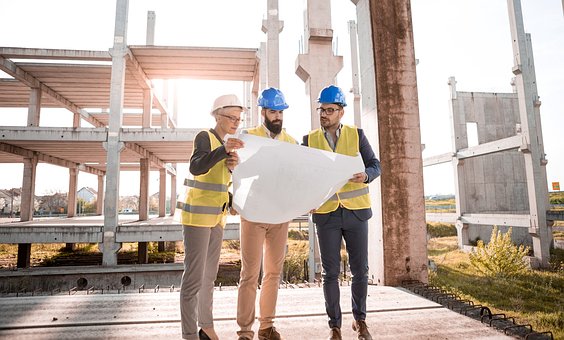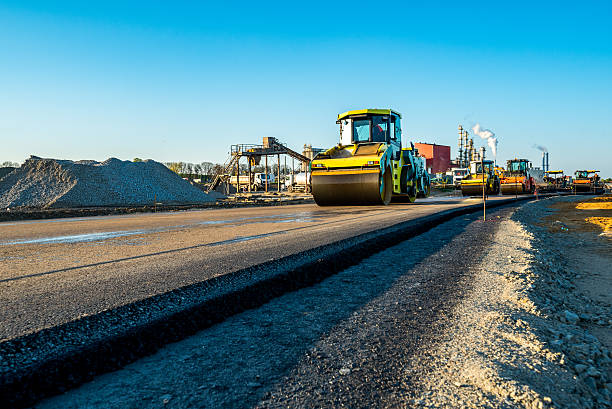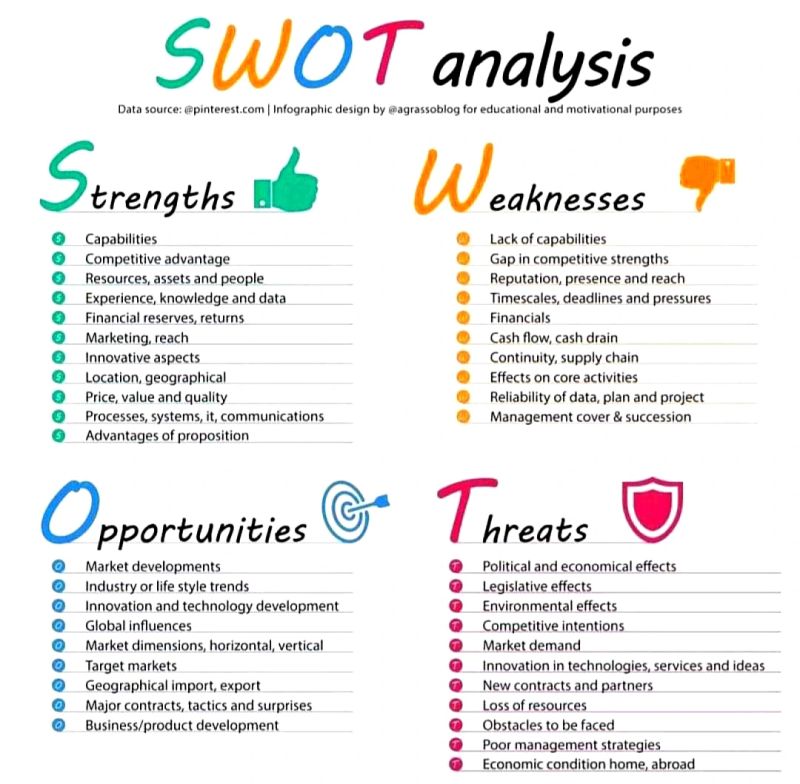"The Impact of Technology on the Construction Industry: Trends and Predictions"
"The Impact of Technology on the Construction Industry: Trends and Predictions"
Technology has had a significant impact on nearly every aspect of our lives, and the construction industry is no exception. From drones to artificial intelligence, new technologies are revolutionizing the way that buildings are designed, constructed, and maintained. In this blog post, we will explore some of the key trends and predictions related to the impact of technology on the construction industry.
One of the most significant trends in the construction industry is the use of Building Information Modeling (BIM) software. BIM software allows architects and engineers to create digital models of buildings that are much more detailed and accurate than traditional 2D drawings. BIM models can include information about every aspect of a building, from the materials used to the systems that run it. This allows for greater collaboration and coordination between different teams working on a project, as well as improved visualization and simulation capabilities. BIM is becoming increasingly popular in the construction industry and is expected to become the industry standard in the near future.
Another significant trend in the construction industry is the use of drones for site surveys and inspections. Drones equipped with high-resolution cameras and other sensors can quickly and accurately survey large construction sites, providing real-time data and imagery to project managers and other stakeholders. In addition, drones can be used for safety inspections and to monitor the progress of construction projects. As the technology behind drones continues to improve and the costs continue to decrease, we can expect to see their use become even more widespread in the construction industry.
Artificial intelligence (AI) is also beginning to play a role in the construction industry. AI can be used to analyze data from sensors and other sources to identify patterns and make predictions about the performance of buildings and other structures. For example, AI can be used to identify maintenance issues before they become serious problems, or to optimize energy usage in buildings. In addition, AI can be used to improve the accuracy and speed of design and construction processes, reducing costs and improving efficiency.
Another emerging technology in the construction industry is the use of augmented and virtual reality (AR/VR) for design and visualization. AR and VR can be used to create immersive, interactive 3D models of buildings that allow designers and stakeholders to experience and explore the building before construction begins. This can improve communication and collaboration, as well as provide a more engaging and effective way to present design concepts to clients and other stakeholders.
In addition to these specific technologies, there are broader trends that are likely to have a significant impact on the construction industry in the coming years. One of these is the move towards greater sustainability and eco-friendliness. As concerns about climate change continue to grow, the construction industry is under increasing pressure to reduce its environmental impact. This has led to the development of new materials and technologies, as well as increased focus on energy-efficient design and construction practices.
Another trend is the increasing use of prefabrication and modular construction. Prefabrication involves constructing building components off-site and then assembling them on-site, while modular construction involves building entire sections of a building off-site and then transporting and assembling them on-site. Prefabrication and modular construction can significantly reduce construction times and costs, while also improving quality and safety.
While there are many exciting new technologies and trends in the construction industry, there are also challenges that must be addressed. One of the biggest challenges is the need for increased training and education for workers to keep up with the rapidly changing technological landscape. As new technologies emerge, it will be important for construction workers to develop the skills and knowledge needed to use them effectively.
Another challenge is the need for greater collaboration and coordination between different stakeholders in the construction process. As technology becomes more integrated into the construction industry, it will be important for architects, engineers, contractors, and other stakeholders to work together more closely to ensure that projects are delivered on time, within budget, and to the





